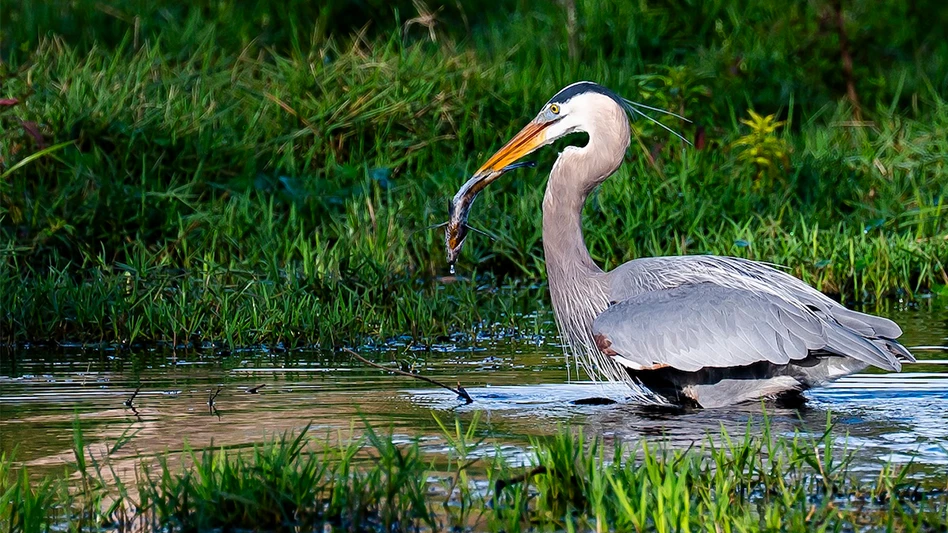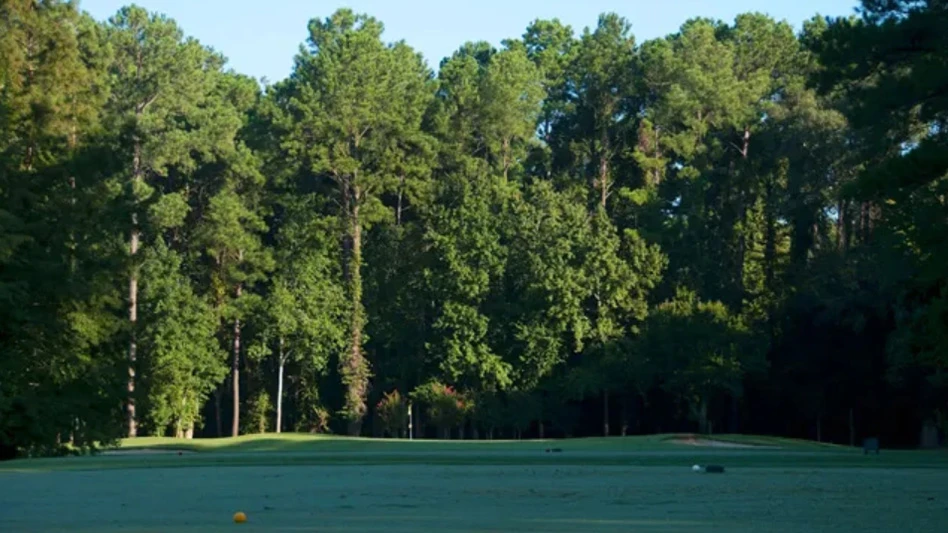Have you ever said, “I wish I were the c.e.o. of Jacobsen, John Deere, Toro or Syngenta?” Or when shopping, have you ever said, “I wish I were c.e.o. of Wal-Mart, Microsoft, Best Buy or ExxonMobil?” Although your position as golf course superintendent (or similar title) might seem far removed from the c.e.o. of one of these companies, you actually have responsibilities in common. These commonalities are crucial as you lead your maintenance staff and as you participate in the management of the facility at which you work.
Look at the chief executive roles in a small business or organization. Although golf courses have interesting and varied leadership structures, chief executive roles always are crucial for a maintenance staff and facility. As I’ve worked with golf courses, farms and other small businesses,
I’ve grouped the chief executive roles into three categories:
- Focus on leadership. Set direction and establish the business culture.
- Strategic direction and implementation. A greater focus on external forces and changes.
- Assemble, engage and develop a winning work force.
A golf course superintendent should be concerned about chief executive roles because these roles are the greatest challenge and the biggest opportunities for leaders of small businesses, including golf courses. During the past several decades, the challenge for golf course superintendents, and owners and managers of small businesses, has been being a manager as well as a worker. Excelling at the chief executive role is a challenge as well. These roles are crucial regardless of the size of the business because of three factors:
1. The degree of business competitiveness – overlooking one business opportunity or threat can mean the demise of a business or facility. This is especially true for golf facilities as the industry transitions from a growth industry, where there was some truth to “if you build it they will come,” to a mature industry, where opportunities still abound amid stiffer competition.
2. The complexity and diversity of attributes sought by the customers of the golf facility. Facilities increasingly will specialize to meet specific attributes (needs and wants) of members and customers.
3. As amazing as change has been recently – especially regarding information and communication technology – many experts and futurists predict the rate of change will continue to increase. It will challenge every organization to avoid being blindsided by the change. (Blindsided means being adversely impacted because a competitor recognized and/or responded more quickly to change.) For example, Montgomery Ward, K-Mart, Sears and JC Penney were blindsided by Wal-Mart, and Polaroid was blindsided by digital photography. Each of these companies is out of business or downsized significantly.
Returning to the three categories of chief executive roles, focus on a key component of the first one – establishing the business culture or the culture of your maintenance staff. Business or organizational culture is about being distinct and having a clear identity. Think about national companies with a culture. Starbucks sells coffee, but the culture is one designed to allow you to linger. Many of you have experienced the fun culture of Disney World or Disneyland while attending the Golf Industry Show.
Southwest Airlines is about enjoying your travel. In your local community, what businesses or organizations come to mind when you think about a distinct identify? What’s their identity? What’s the culture of the golf facility at which you work?
My son and I recently played a course that we returned to because of its uniqueness and culture. The course was typical and wasn’t distinct except for a 575-yard hole. Just when you thought you had conquered it, there was a dogleg and a pond right in front of the green. The TPC at Sawgrass is defined by its island hole. Other facilities’ cultures come from specific events; a characteristic of their founder; or a renowned golfer, superintendent, golf pro or landmark. Furthermore, there’s a culture associated with your maintenance staff. What is it?
Spend time this winter thinking and talking about your chief executive roles as you lead your maintenance staff. Think about your chief executive roles with your golf facility. You’ll have to work with others – the golf professional, club manager, committees, owners, etc. – but your future, the future of your maintenance staff and the future of the facility at which you work will benefit from your chief executive leadership, ideas and insights. GCI
For additional insights about the role of chief executive, the author will be leading complimentary Webinars. Visit www.aLearningEdge.com/Webinar to enroll and for a list of dates.
Robert A. Milligan, Ph.D., is professor emeritus from Cornell University and senior consultant with Madison, Wis.-based Dairy Strategies. He can be reached at 651-647-0495 or rmilligan@trsmith.com.

Explore the November 2007 Issue
Check out more from this issue and find your next story to read.
Latest from Golf Course Industry
- KemperSports taps new strategy EVP
- Audubon International marks Earth Day in growth mode
- Editor’s notebook: Do your part
- Greens with Envy 66: A Southern spring road trip
- GCSAA’s Rounds 4 Research auction begins
- Quali-Pro hires new technical services manager
- KIOTI Tractor boosts sales leadership, introduces compact loaders system
- Envu adds three new sales managers






